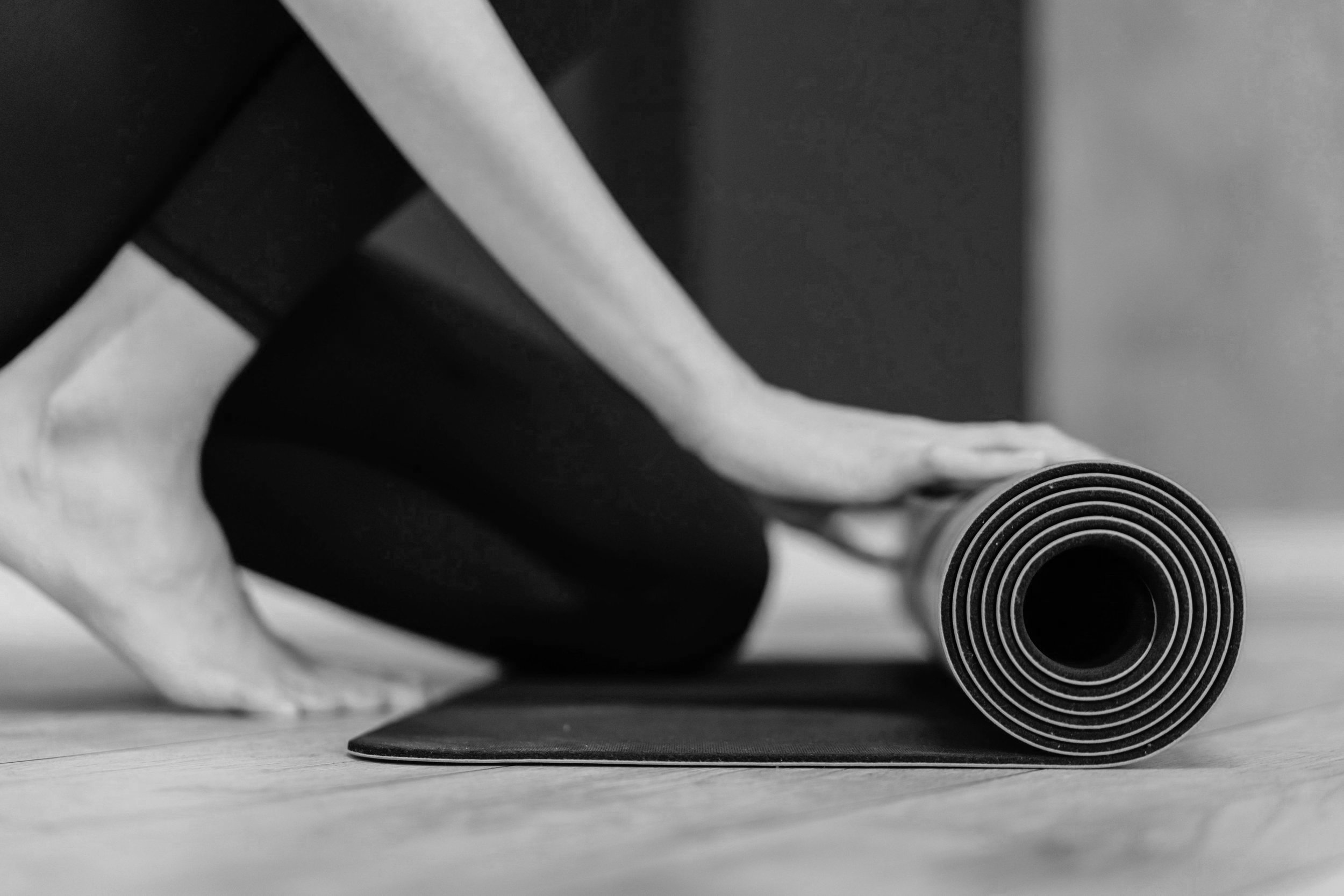
Yoga’s superpower lies in its ability to harmonise the body’s systems through conscious and intelligent movement, breath and awareness. Yoga’s mind-body connection fosters mental and emotional wellbeing, thus creating the optimal environment for healing.
Mental Steadiness
Yoga is unique because it is a work-in, which may also be a work-out. For example, when we start to bring awareness to the breath, deliberately linking mind and breath, we interrupt the soundtrack which is on constant rotation in our heads. Now the mind has one job and one job only - watch the breath. We cannot ruminate on the past, nor plan the future and watch the breath at the same time. Now we are in the present moment. Every time we repeat this process, we are reinforcing the neural pathways to calm the mind.
Structural Alignment
Many daily activities and sports can deepen asymmetry in the body, impacting movement, breathing and even displacing the organs. Moving with the breath creates self-awareness which in turn, cultivates proprioception. When combined with twisting the body and the use of both symmetrical and asymmetrical postures, raises awareness of postural imbalances and the scope to correct them over time. Yoga also promotes movement of all body parts through all 3 planes, helping with misalignment on any axis.
Proper Functioning of Bodily Systems
Stretching and strengthening the body releases tension and enhances circulation, bringing nourishment to every cell and organ in the body cultivating health from the inside out.
Smoothing and lengthening the breath activates the parasympathetic nervous system, shifting the body from ‘fight and flight’ (stress and its consequences) into ‘rest and digest’: required for blood flow to return to vital organs including the digestive function, skin and kidneys. The brain can also fully function, moving from a reactive to a responsive state.
Strength
Mental strength and steadiness are cultivated by returning to a calm and smooth breath. Engaging the lower belly region to extend the exhale enhances core strength and stabilisation. Yoga reverses the relationship between movement and breath. Where our breath normally responds to what we are doing (fright = gasp, running = short, shallow breath) instead: all movement occurs in line with a slow and steady breath.
Moving in this way activates the deeper, intrinsic muscles responsible for stabilisation. Strength is increased by regularly contracting these deeper muscles, slowly holding positions for increased duration and lifting the body against the force of gravity. Working with balance and asymmetrical postures also supports strengthening body and mind.
“Teach what is within you. Not as it applies to you, but as it applies to the one in front of you.”
—Śri Krishnamacharya







